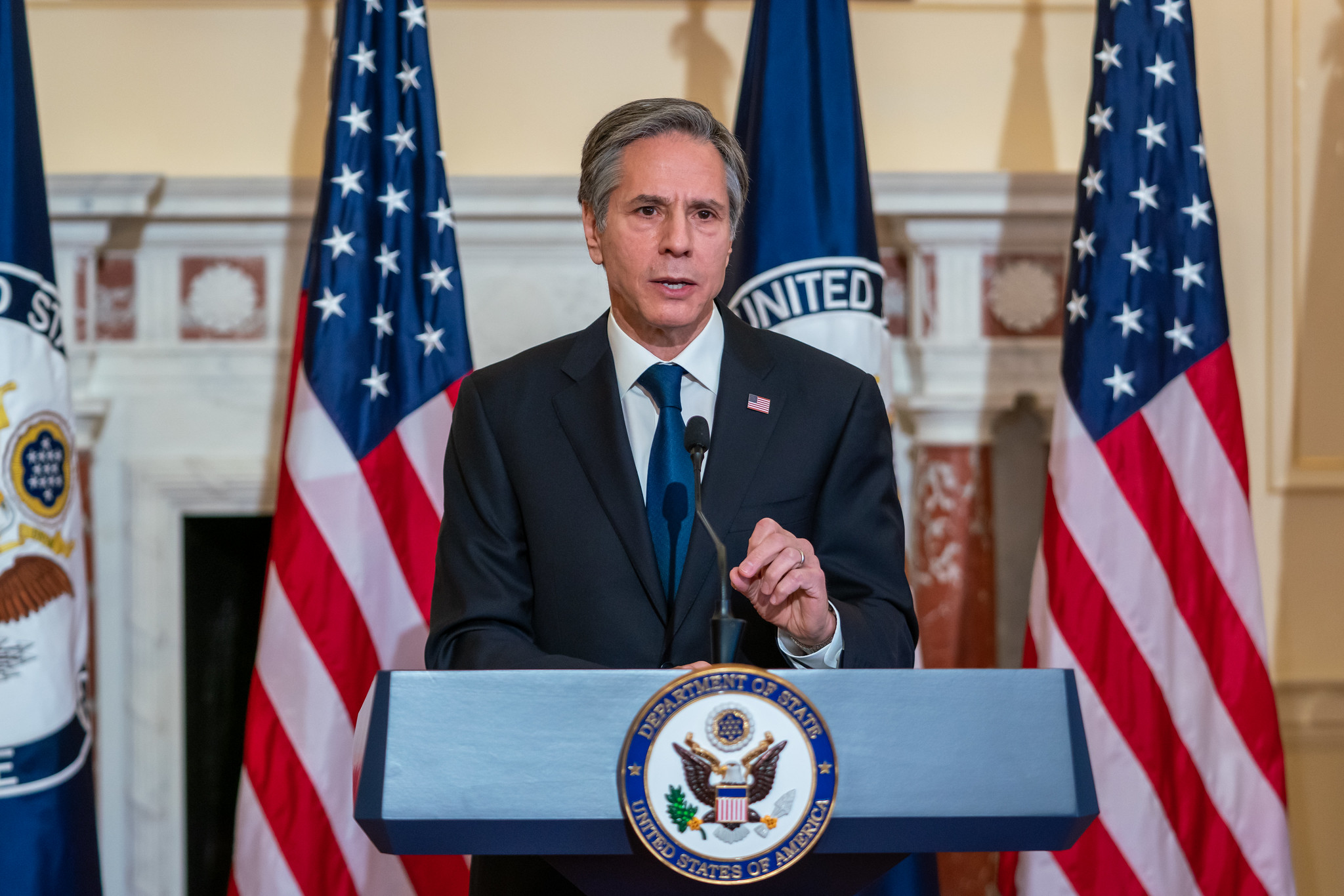
Five lessons from Blinken’s Central Asia visit
US Secretary of State Antony Blinken has concluded his first visit to Central Asia, where he met with leaders of Kazakhstan, Uzbekistan, and other former Soviet republics. The trip was seen as a sign of Washington’s renewed interest in the region amid rising tensions with Russia over Ukraine. Here are five key takeaways from his visit.
1. The US wants to be a friend, not a rival, to Central Asia.
Blinken repeatedly stressed that the US supports the sovereignty, independence, and territorial integrity of Central Asian countries, and does not seek to force them to choose sides in the geopolitical competition between Russia and China. He also announced $25 million of new funding to help the region cope with the economic spillover effects of Western sanctions on Russia, and to boost trade, investment, and connectivity. He said the US wants to be a partner for Central Asia’s development and prosperity.
2. The US is concerned about Russia’s influence and interference in the region.
Blinken condemned Russia’s “aggression” and “interference” in Ukraine and elsewhere, and urged Central Asian countries to stand up for their rights and interests. He praised Kazakhstan’s President Kassym-Jomart Tokayev for rejecting Russian President Vladimir Putin’s claims on Ukrainian territory, and said the US would help Kazakhstan strengthen its border security. He also warned that Russia could use its military bases in Kyrgyzstan and Tajikistan to destabilize the region.
3. The US is keen to cooperate with Central Asia on regional and global issues.
Blinken participated in the C5+1 ministerial meeting, a platform for dialogue and cooperation between the US and the five Central Asian states. He said the meeting focused on enhancing cooperation on energy, environment, security, and humanitarian issues. He also discussed the situation in Afghanistan, where the Taliban takeover has raised security and humanitarian concerns for Central Asia. He said the US would continue to support regional efforts to promote peace and stability in Afghanistan.
4. The US is interested in expanding its engagement with India.
Blinken traveled to New Delhi after his Central Asia visit, where he attended the G20 foreign ministers’ meeting. He met with Indian Foreign Minister Subrahmanyam Jaishankar and discussed bilateral and multilateral issues, including Afghanistan, Indo-Pacific, climate change, and COVID-19. He said the US and India share a vision of a free and open Indo-Pacific region, and have a strong partnership based on shared values and interests.
5. The US is still facing challenges and limitations in its Central Asia policy.
Blinken’s visit was welcomed by Central Asian leaders, who see the US as a valuable counterweight to Russia and China. However, some analysts have pointed out that the US has limited leverage and influence in the region, where Russia and China have deeper economic, security, and cultural ties. They also noted that the US has not addressed some of the human rights and democratic issues that plague Central Asia, such as corruption, repression, and authoritarianism. They argued that the US should do more to promote reforms and civil society in the region.
Analysis
US Secretary of State Antony Blinken’s first visit to Central Asia was an attempt to reinvigorate US engagement with a region that has often been neglected or instrumentalized by Washington. But it also revealed the challenges and limitations of US policy in a region where Russia and China have more clout and influence.
Blinken’s main message was that the US respects and supports the sovereignty, independence, and territorial integrity of Central Asian countries, and does not want them to choose sides in the geopolitical competition between Moscow and Beijing. He also offered economic assistance and cooperation on regional and global issues, such as Afghanistan, energy, environment, security, and humanitarian affairs.
However, some observers have questioned the sincerity and effectiveness of this approach. They argue that the US has not done enough to address the human rights and democratic deficits in Central Asia, where authoritarian regimes stifle dissent and civil society. They also point out that the US has not offered a clear vision or strategy for its role and interests in the region, beyond countering Russia and China.
Moreover, they note that Central Asian countries have their own agency and interests, and are not passive recipients of US overtures. They have learned to balance their relations with multiple powers, and to leverage their strategic location and resources. They are also wary of provoking Russia or China, which have more leverage and stakes in the region than the US.
Blinken’s visit may have opened a new chapter in US-Central Asia relations, but it also exposed the gaps and contradictions in US policy. The US will need to do more than offer rhetoric and aid to win the trust and cooperation of Central Asian countries. It will also need to show more consistency and commitment, as well as sensitivity and flexibility, in dealing with a complex and dynamic region.

